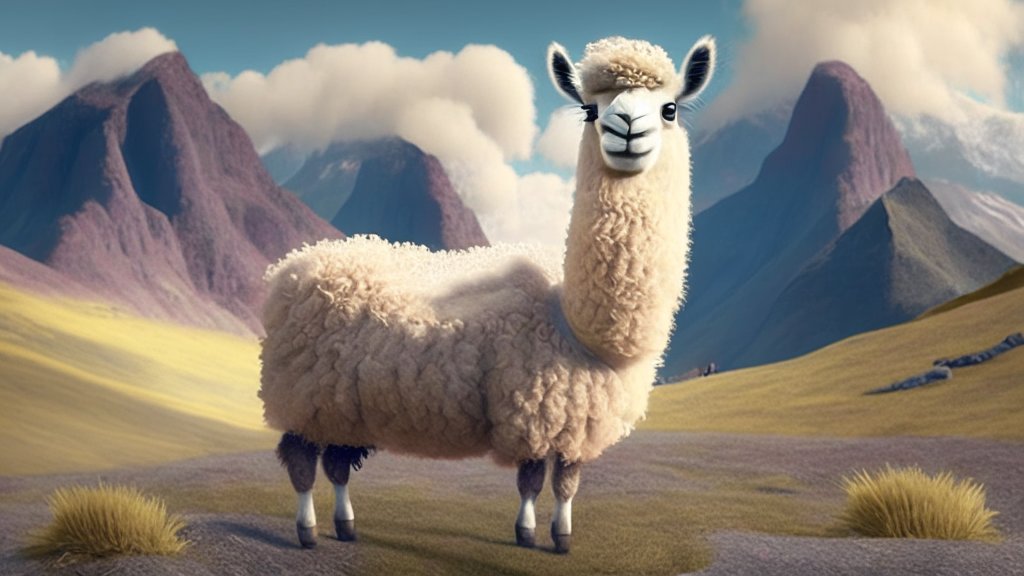Valley: Video Assistant with Large Language model Enhanced abilitY
Large language models (LLMs), with their remarkable conversational capabilities, have demonstrated impressive performance across various applications and have emerged as formidable AI assistants. In view of this, it raises an intuitive question: Can we harness the power of LLMs to build multimodal AI assistants for visual applications? Recently, several multi-modal models have been developed for this purpose. They typically pre-train an adaptation module to align the semantics of the vision encoder and language model, followed by fine-tuning on instruction-following data. However, despite the success of this pipeline in image and language understanding, its effectiveness in joint video and language understanding has not been widely explored. In this paper, we aim to develop a novel multi-modal foundation model capable of comprehending video, image, and language within a general framework. To achieve this goal, we introduce Valley, a Video Assistant with Large Language model Enhanced abilitY. The Valley consists of a LLM, a temporal modeling module, a visual encoder, and a simple projection module designed to bridge visual and textual modes. To empower Valley with video comprehension and instruction-following capabilities, we construct a video instruction dataset and adopt a two-stage tuning procedure to train it. Specifically, we employ ChatGPT to facilitate the construction of task-oriented conversation data encompassing various tasks, including multi-shot captions, long video descriptions, action recognition, causal relationship inference, etc. Subsequently, we adopt a pre-training-then-instructions-tuned pipeline to align visual and textual modalities and improve the instruction-following capability of Valley. Qualitative experiments demonstrate that Valley has the potential to function as a highly effective video assistant that can make complex video understanding scenarios easy.
PDF Abstract




 ActivityNet
ActivityNet
 WebVid
WebVid
 ScienceQA
ScienceQA
 ActivityNet-QA
ActivityNet-QA